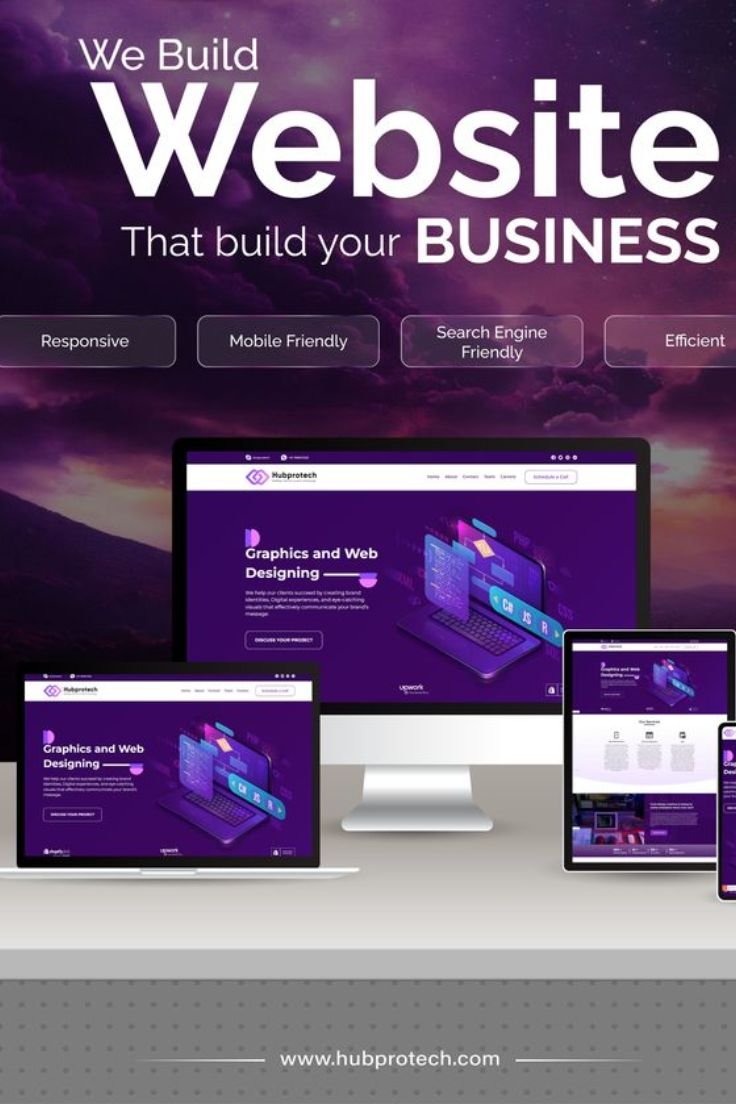
We Don’t Just Build Websites — We Craft Experiences That Matter
In today’s fast-paced digital landscape, your website often serves as the first impression potential customers have of your business. A well-designed website isn’t just visually appealing — it’s also functional, user-friendly, and optimized to convert visitors into loyal customers. Whether you’re launching a new site or redesigning an existing one, focusing on effective website design principles can make all the difference.
1. Understand Your Audience and Their Needs
Every successful website begins with a deep understanding of the target audience. Who are your visitors? What problems are they trying to solve? What information or services are they looking for?
Conducting research on your audience’s preferences and behavior allows you to tailor your website’s design and content accordingly. This creates a more personalized and engaging experience that encourages visitors to stay longer and take action.
2. Prioritize User Experience (UX)
User experience is at the heart of effective web design. A website should be intuitive and easy to navigate. Visitors should find what they need quickly without confusion or frustration.
This means clear menus, logical page hierarchy, fast-loading pages, and mobile-friendly design. Remember, a smooth and seamless experience increases the chances of converting visitors into customers.
3. Focus on Responsive Design
With the rise of mobile browsing, a responsive website design that adapts to different screen sizes is essential. Whether visitors access your site via desktop, tablet, or smartphone, the layout and content should adjust perfectly to provide a consistent and enjoyable experience.
Responsive design not only improves usability but also positively impacts search engine rankings, helping your site get discovered more easily.
4. Craft a Clear Visual Hierarchy
Effective website design uses visual hierarchy to guide visitors’ attention toward the most important elements first. This can be achieved through strategic use of size, color, contrast, and spacing.
5. Use Compelling and Consistent Branding
Your website should reflect your brand’s personality and values consistently across all pages. This includes your logo, color scheme, typography, and tone of voice.
Consistent branding helps build trust and recognition, making your business memorable and professional in the eyes of your audience.
6. Optimize for Speed and Performance
Slow-loading websites drive visitors away. Optimizing images, leveraging browser caching, and minimizing code can significantly improve your site’s loading times.
A fast website not only enhances user experience but also improves SEO, as search engines favor sites that perform well.
7. Incorporate Strong Calls-to-Action (CTAs)
A website’s primary goal is often to encourage visitors to take a specific action. Whether it’s filling out a contact form, subscribing to a newsletter, or making a purchase, CTAs should be clear, visible, and compelling.
Place CTAs strategically throughout your site, making it easy for visitors to engage with your business.
Conclusion
Designing an effective website requires balancing aesthetics with functionality, always keeping the end-user in mind. By understanding your audience, focusing on user experience, and incorporating best design practices, you can create a website that not only looks great but also drives meaningful business results.
